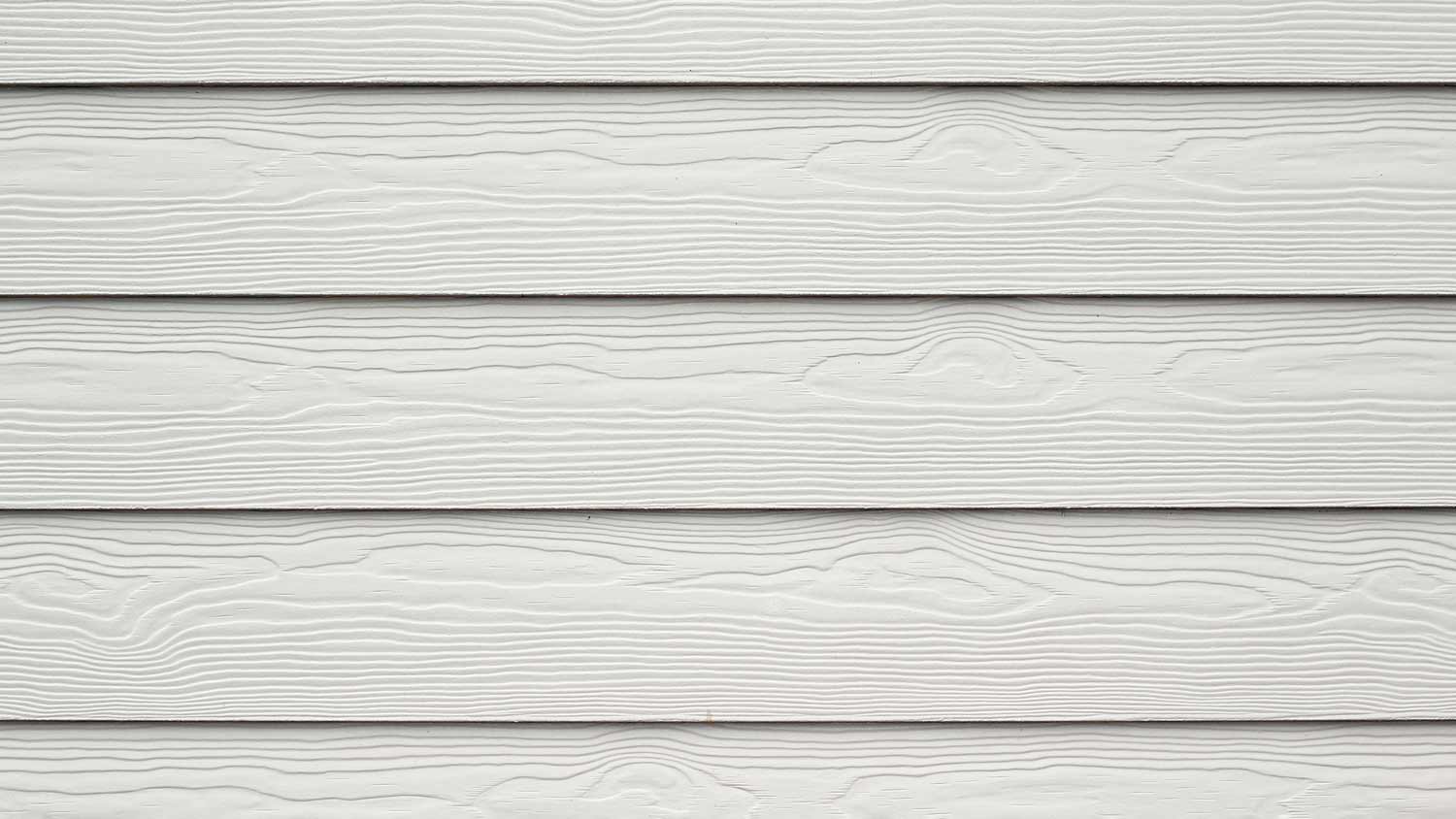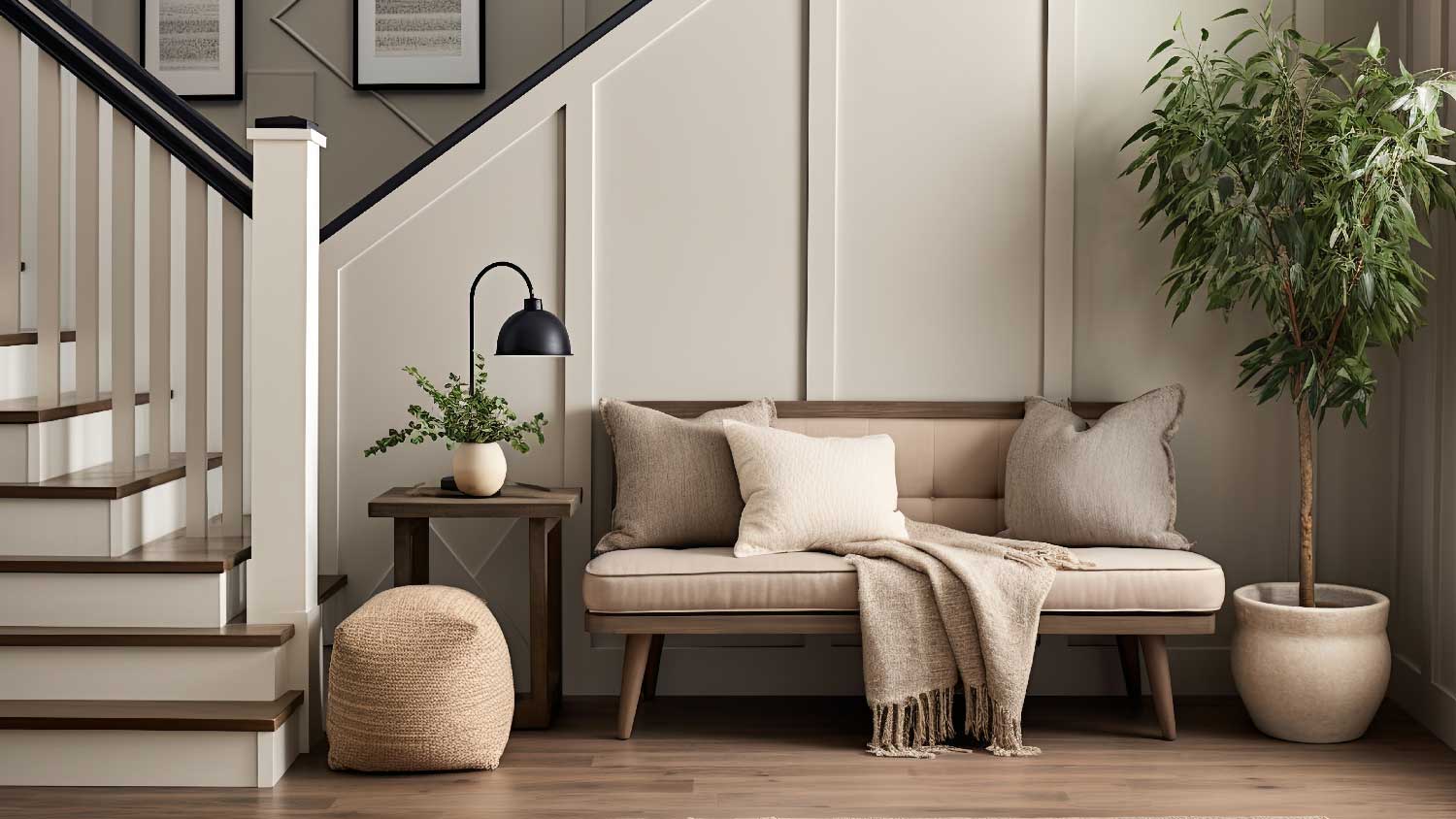
Brick veneer is a popular siding material that can boost your curb appeal. Learn all about how much this siding material costs based on factors like location and type.
Lap siding is a horizontal style of siding available in a range of materials


Lap siding consists of boards or planks installed horizontally, overlapping one another.
Styles of lap siding include traditional lap, Dutch lap, clapboard, and beaded seam.
Lap siding can be made of wood, engineered wood, vinyl, or fiber cement.
Trying to decide on a siding style means learning the difference between your options. Lap siding is one of the most common styles of siding installed on US homes, and there are many different types and materials to choose from. Learn all about lap siding, the pros and cons, and what it costs, so you can decide if it’s the right choice for your home.
Lap siding is a horizontal siding style that consists of boards or planks that slightly overlap one another, giving it its name. This style of siding is very common in the US, found on homes of different architectural styles in all areas. Lap siding can be made from vinyl, wood, fiber cement, or engineered wood. It is available in multiple styles, including clapboard, shiplap, beaded seam, Dutch lap, and traditional lap siding. These styles have slight variations from each other, offering different options for the look of your home’s exterior.
Lap siding and board and batten differ in their orientation—lap is horizontal and board and batten is vertical—and in the size of the components. Lap siding uses boards that are a uniform width, while board and batten alternates wider boards with narrower battens.

Lap siding is so popular because it’s available in a wide range of styles, materials, and colors, so you can customize your home’s exterior. Depending on the material, this kind of siding can be among the most budget-friendly siding options, making it a good choice for homeowners looking to keep costs down. Lap siding is straightforward to install, lasts for decades, and is suitable for most climates.
Since lap siding is so common, it may not help set your home apart visually from your neighbors. Maintenance depends on the material, but wood lap siding, which was the most common siding type before the widespread use of vinyl and newer materials, requires regular upkeep to prevent rot, mold, and splintering.
The cost to replace or install siding depends on the material you choose and the size of your home. The average cost to replace siding ranges from $5,600 to $17,600, so it can be a significant investment. Be sure to carefully consider all your lap siding options before deciding, so you can pick a style and material that fits your budget.
| Siding Material | Average Cost per Square Foot |
|---|---|
| Vinyl | $3–$12 |
| Fiber Cement | $5–$14 |
| Wood | $3–$15 |
| Engineered wood | $3–$14 |
You shouldn’t attempt to install siding as a DIY unless you have siding installation experience. Hire a siding contractor to measure and properly prep your home and install your siding correctly. A local siding pro with experience working with the siding you choose will ensure your new siding protects your home and looks great for decades to come.
From average costs to expert advice, get all the answers you need to get your job done.

Brick veneer is a popular siding material that can boost your curb appeal. Learn all about how much this siding material costs based on factors like location and type.

The cost of Hardie board siding depends on the size of your home and the style and color you choose. Get a more accurate estimate with our in-depth cost guide.

How much does liquid siding cost? Our liquid vinyl siding price guide breaks down material and labor costs—and points to potential savings.

How much does clapboard siding cost? This guide reviews cost factors, prices per square foot, and more to help you plan your budget.

Are you looking at stucco versus vinyl siding? Use our guide to compare their pros, cons, and costs so you can make the best choice for your home.

Wondering how to calculate board and batten spacing? Use this calculator to help. Pay attention to the order in which you complete the calculations.